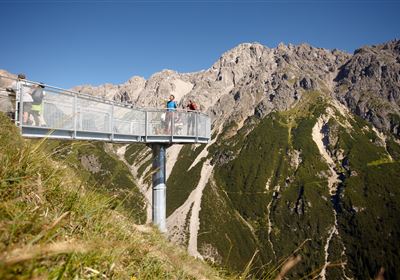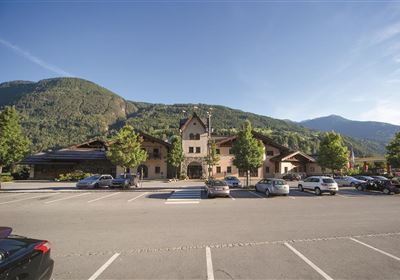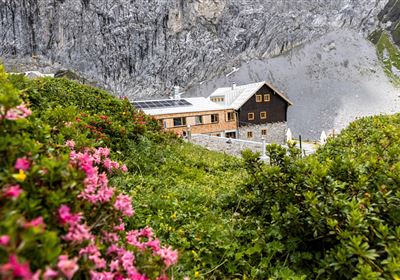We perceive the landscape of our homeland as completely natural and self-evident, without considering that it has become the way we see and love it today through the hard and arduous work of many generations.
When we walk through our valleys with our eyes open, we feel how strong the mountain farmer was in shaping this landscape alongside the forces of nature. We must not forget how our elders worked and lived. Teachers of the Agricultural College of Imst began after the 2nd World War to collect old farming tools and equipment and to establish a small museum to demonstrate traditional working methods that have almost been forgotten due to increasing mechanization. With the support of the state school authority and the cooperation of the students, their parents and friends, the number of collected items grew.
The main focus of the collection is on the working tools of the extreme mountain farmers. In addition to the hay and fodder processing tools, the many bowls, troughs and other things needed for dairy and livestock farming, the larger and heavier farming implements also became available. Of particular interest are the various ploughs, which show the development of different working methods in the valleys.
Almost everything that the mountain farmer needed to make a living was produced on the farm, and so we also find the equipment needed to process flax and wool. The many tools that played a role in the house, in the forest, for timber production and otherwise in peasant life complete the ever-growing collection.
The approximately 400 exhibits on display are not selected works of art, but items of daily use. They are located in a 180 m² room with a beautiful vaulted ceiling. At school events the museum is gladly shown and is of course very popular.













